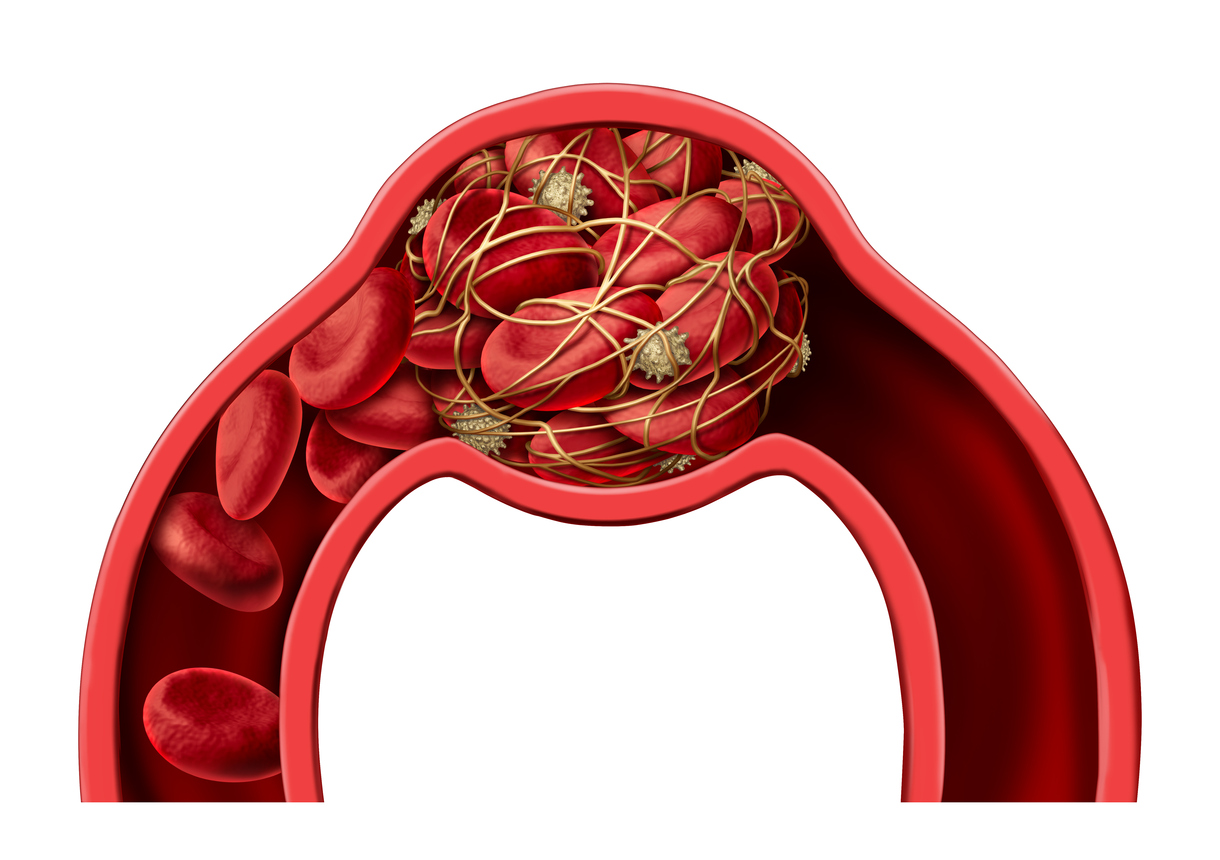See your GP if you have persistent symptoms of osteoarthritis. Reactive arthritis may also occur as a result of an infection elsewhere in the body or after an infection post-infective like in rheumatic fever but is usually inflammatory in nature and affects multiple joints.
 Rheumatoid Arthritis Symptoms You Might Be Ignoring
Rheumatoid Arthritis Symptoms You Might Be Ignoring
One of the most important distinctions to make is whether joint pain is caused by inflammation of the joint an immune response involving swelling redness and warmth or whether there is joint pain without inflammation.
Multiple joint pain without swelling. 77 rows Arthritis is joint pain with inflammation whereas arthralgia is joint pain without. For others such as those with fibromyalgia or an underactive thyroid pain occurs with no underlying damage or inflammation. Energy posture flexibility and balance all play important roles in joint pain.
Avascular necrosis death of bone tissue due to limited blood flow Bone cancer. Polyarthritis may involve peripheral joints axial joints eg sacroiliac apophyseal discovertebral costovertebral or both. Joint pain is a very common problem with many possible causes but its usually a result of injury or arthritis.
In this situation as you mention ultrasound or MRI can be used to determine whether there is inflammation in the joints or not. Simple arthralgia It is usually the result of viral infections and resolves when the root problem is addressed. Sudden multiple joint pain is most often just a flare up of a pre-existing issue like Lupus RA or even osteoarthritis.
Joint pain may be due to local damage within the joint or may be just one part of a systemic whole-body disease process. For a lot of people its due to some kind of arthritis joint inflammation. Joint pain may range from a mild ache to a severe burning or sharp sensation in one or several joints.
These are the most prevalent causes of multiple joint pains without the swelling. Pain affecting multiple joints in the absence of inflammation may be due to increased joint laxity with excessive trauma as in benign hypermobility syndrome. Multiple pain without swelling is often treated with acetaminophen to relieve joint soreness.
Symptoms include tenderness stiffness and swelling. Applying heat can relieve muscle spasm in. In that case you probably dont need to worry about the sudden part.
Sudden Onset Joint Pain. This is always a tough situation when the patient sees swelling but the doctor doesnt. Causes of joint pain include.
Joint pain is a common symptom of certain systemic infections is usually non-inflammatory and affects multiple joints. Even severe joint pain all over can just be a bad flare up of a pre-existing issue. Indirect joint pain associated with MS is usually more severe around the hips and back as well as the legs.
When significant fluid accumulates inside of a joint a fluid sample usually must be withdrawn and tested. If MRI cannot be done then the radiology facility has to have an ultrasonographer who is experienced with the joints. I agree with you once you have an underlying rheumatologic disease its more difficult to figure out the cause of joint pain even without swelling.
Polyarthralgia is a condition in which pain affects several joints in the body with no signs of inflammation. His knees ankles hands and wrists ached but mysteriously tests did not reveal rheumatoid arthritis. It may affect just 1 joint or many.
However non-medical interventions may also be used to alleviate the symptoms such as. In older people joint pain that gets steadily worse is usually a sign of osteoarthritis. Chronic pain in multiple joints is usually due to osteoarthritis or an inflammatory disorder such as rheumatoid arthritis or in children juvenile idiopathic arthritis.
If Not Arthritis What Caused This Patients Joint Pain. Patients with chronic rheumatic diseases such as rheumatoid arthritis can still develop fibromyalgia as a result. Wrapping a sling around the joint can relieve pain.

